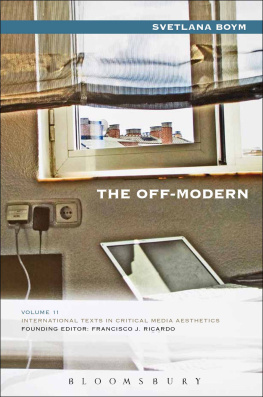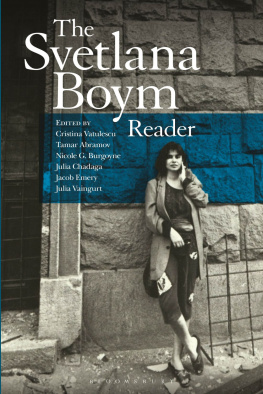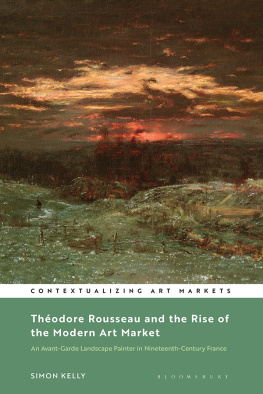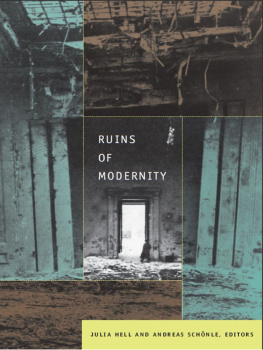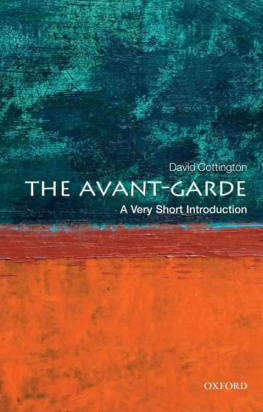The Off-Modern
INTERNATIONAL TEXTS IN CRITICAL
MEDIA AESTHETICS
Volume 11
Founding Editor:
Francisco J. Ricardo
Series Editor:
Jrgen Schfer
Editorial Board:
Sandy Baldwin, Martha Buskirk, John Cayley, Tony Richards, Joseph Tabbi, Grant Taylor
Volumes in the series:
New Directions in Digital Poetry, C.T. Funkhouser
Cybertext Poetics: The Critical Landscape of New Media Literary Theory, Markku Eskelinen
Creative Enterprise: Contemporary Art between Museum and Marketplace, Martha Buskirk
The Engagement Aesthetic: Experiencing New Media Art through Critique, Francisco J. Ricardo
Software Takes Command, Lev Manovich
3D: History, Theory and Aesthetics of the Transplane Image, Jens Schrter
Projected Art History: Biopics, Celebrity Culture, and the Popularizing of American Art, Doris Berger
When the Machine Made Art: The Troubled History of Computer Art, Grant D. Taylor
The Internet Unconscious: On the Subject of Electronic Literature, Sandy Baldwin
Between Film, Video, and the Digital: Hybrid Moving Images in the Post-Media Age, Jihoon Kim

Contents
Figures
Color Plates
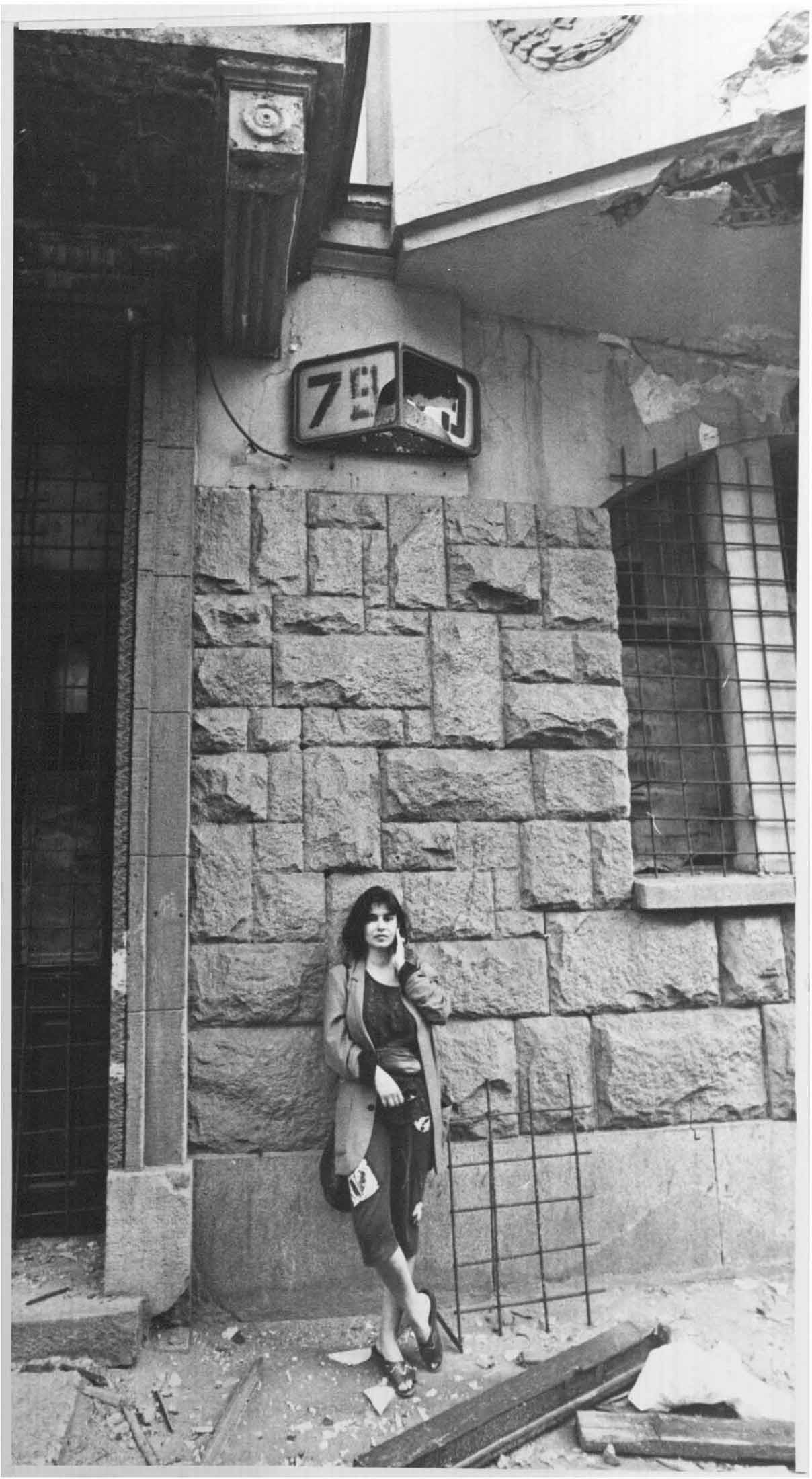
Svetlana Boym, Self-Portrait in St. Petersburg, 1989.
In the following pages, Svetlana Boym writes a new artistic genealogy of modernity. Moving beyond old debates between modernism and postmodernism, she explores the interactions of art, architecture, literature, philosophy, and technology in the global field of contemporary culture. The Off-Modern represents a culmination of lines of inquiry that she developed throughout her career: questions of exile and diasporic nostalgia, productive estrangement amid landscapes of urban ruins, the theory of the avant-garde and the arts of everyday life; these themes and more all find new expression here, reconfigured in the twenty-first-century technosphere.
Readers of Svetlana Boyms previous books will find longstanding inspirations explored in significantly new configurations. Drawing on theories of Hannah Arendt, Henri Bergson, Viktor Shklovsky, and others, she presents the off-modern as an eccentric, self-questioning, anti-authoritarian perspective with roots in the Russian avant-garde, now developed in surprising ways by contemporary artists, architects, and curators around the world. Whereas in her books Common Places (1994) and The Future of Nostalgia (2001) she often drew her theoretical and visual illustrations from such migrs as the conceptual artists Ilya Kabakov and her friends Komar and Melamid, The Off-Modern builds on discussions of (and with) figures as diverse as the Dutch architect Rem Koolhaas, the Albanian artist-turned-mayor Edi Rama, the South African artist and opera director William Kentridge, the Raqs Media Collective in Delhi, and the creator of the Museum of Jurassic Technology in Los Angeles.
Svetlanas engagement with these decentered visionaries was an outgrowth of her own evolution as a practicing artist. She had always pursued artistic projects in tandem with her scholarship, notably in her play The Woman Who Shot Lenin (1990) and her novel Ninochka (2003), and in various film and video projects over the years. At the time of her all too untimely death in 2015, she was working on a series of autobiographical stories, as well as a film recovering the forgotten history of a refugee way-station in Vienna, legally nonexistent and hidden from public view, where she and other Soviet Jewish migrs had been lodged for weeks or months in the late 1970s and early 1980s while sorting out their itineraries as stateless citizens.
During the past decade, Svetlana increasingly devoted herself to photography, while also writing a series of essays that would culminate in this book; early versions of some of the essays here first appeared in Cabinet, e-flux, Poetics Today, in an extended essay on Vladimir Tatlin (Architecture of the Off-Modern), and in different exhibition catalogs in the United States and Europe. Her haunting photographs often involved the strategic abuse of her long-suffering digital printer, yielding uniquely transformed images (no two prints alike) of a peacock wandering amid scaffolding, clouds reflected in computer screens, and oddly affecting fire hydrants, at once rooted and out of place. Her photographs repay close attention to crucial details often not noticed on a first viewing, and to the patternsand significant disjunctionsof color, form, and theme that emerge as we read through suites of images (viewable on svetlanaboym.com) such as Cities in Transit or Hydrant Immigrants (presented here entire in the color plates section). Her work received solo shows in a variety of venues, including Copenhagen, Glasgow, Lithuania, Ljubljana, and New York, and she participated in group shows in Baltimore, Moscow, New Orleans, Paris, and the 2010 Vienna Architectural Biennale, among others.
The Off-Modern is both a manifesto and a memoir, a work of scholarship and a work of art, a book that Svetlana saw as integrating her scholarly and artistic selves. Theory and practice are not so much juxtaposed in the books two sections as they are interwoven throughout; only the proportion of text to image changes from the illustrated essays in Perspectives to the theoretically suggestive photographs in Practices. Throughout the book, Svetlana develops the concept of the off-modern through analysis of decentered artists and theorists of the modern period, from Shklovsky and Tatlin to Georg Simmel and Aby Warburg, in dialogue with contemporary theorists and scientists from Gilles Deleuze to Bruno Latour to Stephen J. Gould. Their ideas are counterpointed against a range of contemporary projects in art, photography, architecture, and urban design, including plans for an expansion of the Hermitage Museum by Rem Koolhaas that will preserve fragments of decayed histories and hints of abandoned futures, a project by the mayor of Tirana to turn his citys faades into canvases for new art, and Svetlanas own photographic series of objets trouvs and half-recovered histories. Rejecting postmodern pastiche and dehistoricized irony, Svetlana champions diasporic intimacy, a humane provisionality, and an estrangement for, not from, the world.
Particularly distinctive in The Off-Modern is Svetlanas alienated engagement with technology, both in her theory and in her photography. She aligns herself with contemporary critiques advanced by people who themselves work within the new digital mediascape, seeking new ways to harness technology to serve human and artistic freedom. As she says in her chapter Edgy Geography, We might be living on the edge of an era when the accepted cultural myths of late capitalism and of technological or digital progress no longer work for us. We are right on the cusp of a paradigm shift, and to anticipate it we have to expand our field of vision. The Off-Modern is her attempt to do just this, and the very form of her book embodies her theme. As she remarks, such an experiment in reinventing cultural history and practice calls for an essayistic genre, porous and non-linear, and not for a systematic typology. She invites us to exercise a special attentiveness, the vigilance of sense, the virtuality of imagination and engagement in worldly practice, cultivating an openness to the embarrassment of life caught unawares.

